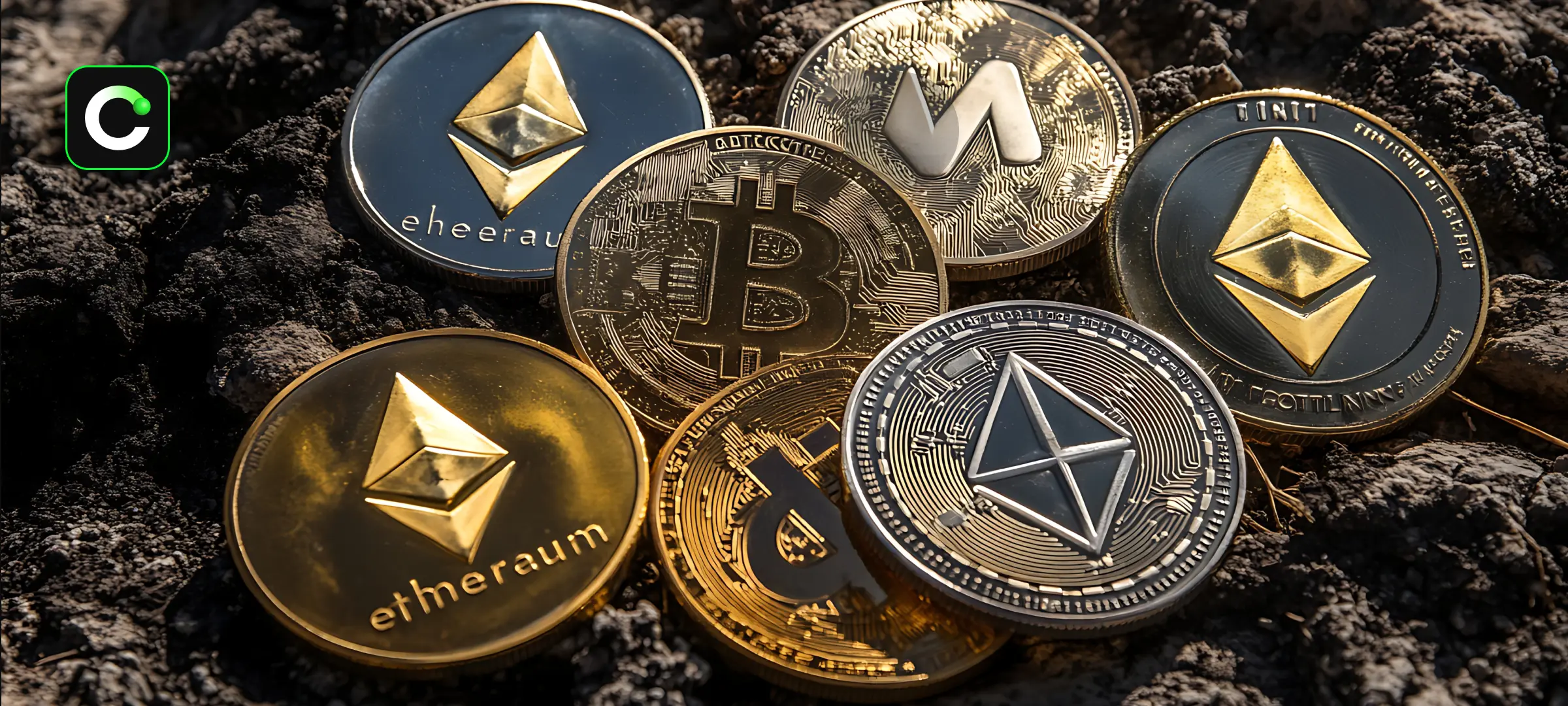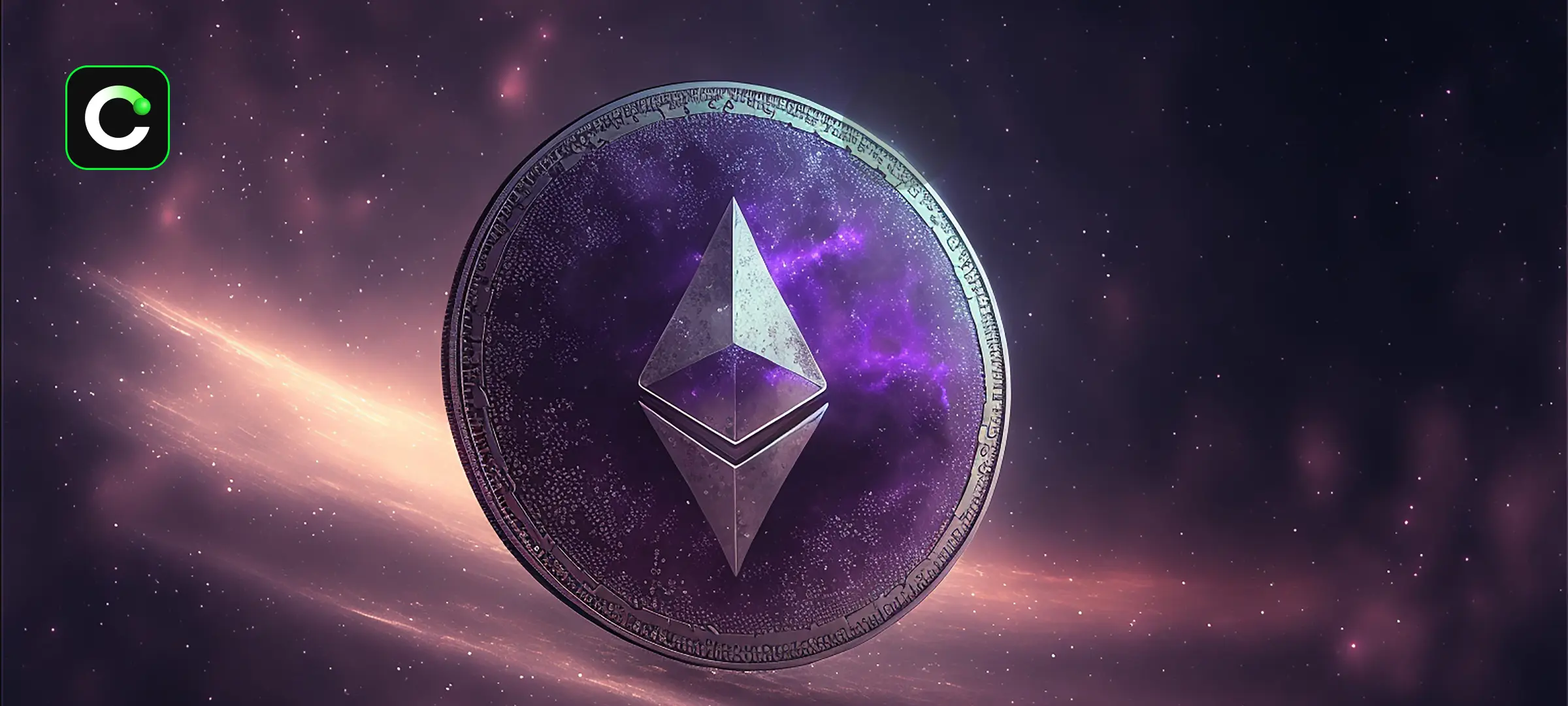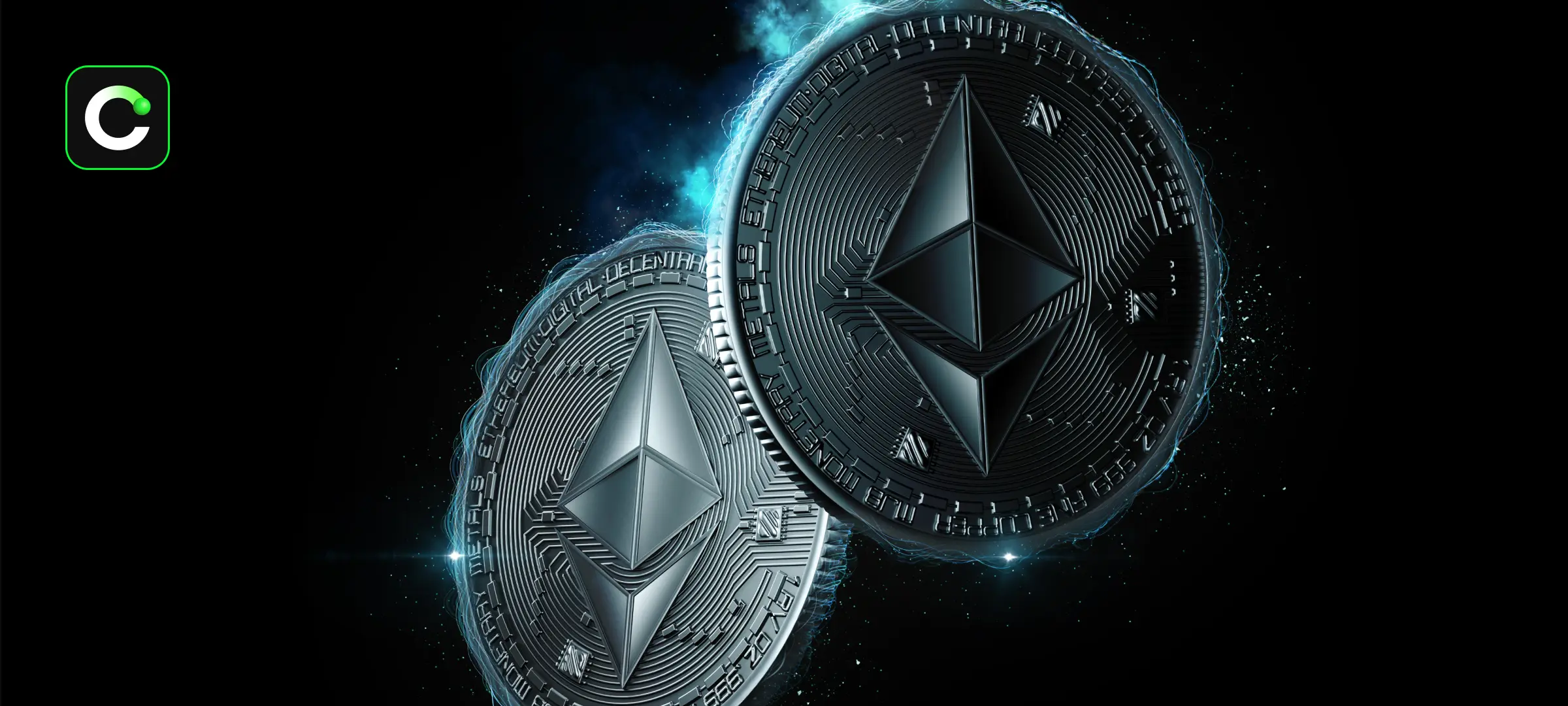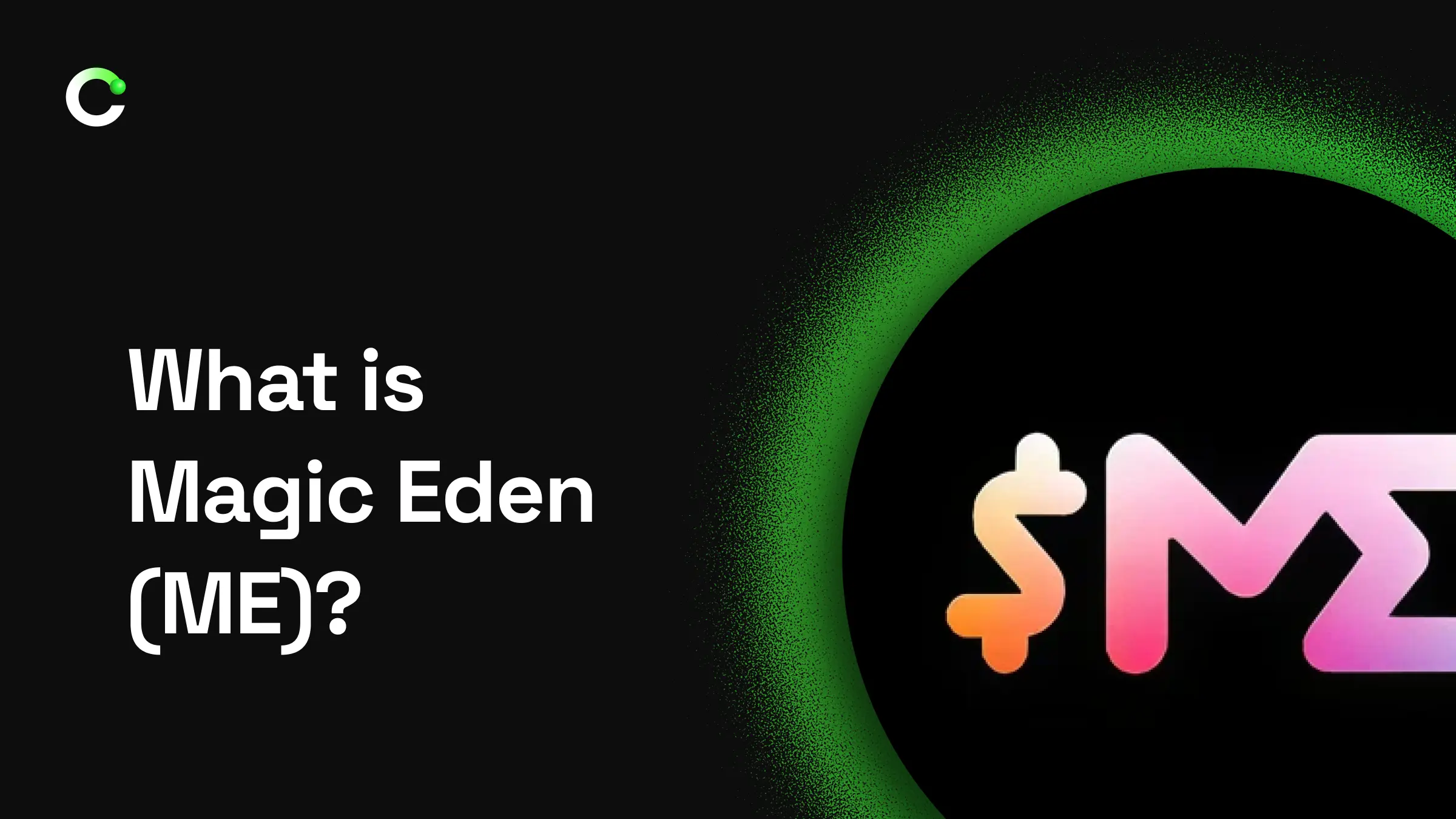Ethereum is an open-source and globally accessible
blockchain platform that enables the development of smart contracts and decentralized applications (dApps). Launched in 2015, Ethereum goes beyond being just a digital currency; it serves as a programmable infrastructure for finance and technology. The native cryptocurrency used on the Ethereum network is called
Ether (ETH). ETH is used to process transactions on the network and support economic activities within the system.
The fundamental difference of Ethereum lies in its ability to offer much broader functionalities than just money transfers via blockchain.
Smart contracts are blocks of code that automatically execute when certain conditions are met. This allows users to carry out transactions quickly and securely without the need for intermediaries. Ethereum technology has been widely adopted by individual users, institutions, and developers.
How is Ethereum Produced?
The production process of Ethereum underwent a significant change with a major update called
“The Merge” in 2022. Previously, Ethereum was mined using the
Proof of Work (PoW) mechanism like Bitcoin; however, it now operates under the
Proof of Stake (PoS) system.
What is Ethereum Mining?
Ethereum mining was a process used in the past to validate transactions on the network and generate new blocks. Like Bitcoin, this process was based on the
Proof of Work (PoW) mechanism. Miners would solve complex mathematical problems using specialized equipment and earn ETH as a reward for validating blocks.
With the transition to the
PoS model, Ethereum has reduced its energy consumption by
99%, making the network more sustainable and faster. Today, Ethereum production is no longer carried out through mining, but instead through a
staking system.
In this new system,
validators replace miners. To become a validator, users must stake a certain amount of ETH on the network. These individuals validate transactions and produce blocks. In return, they receive ETH rewards. As a result, a more eco-friendly and scalable production model has been established, eliminating the need for energy-intensive hardware.
Ethereum Project
The
Ethereum project was proposed in 2013 by young programmer
Vitalik Buterin and officially launched in 2015. Buterin's main goal was to transform blockchain technology from a purely digital currency into a broader, programmable platform.
Vitalik Buterin aimed to create a system that was more flexible and developer-friendly than Bitcoin's basic functionality. Ethereum was designed with this objective and was quickly embraced by developers worldwide due to its open-source
nature.
Smart contracts, the core technology of Ethereum, enable the automatic execution of agreements without intermediaries. This makes transactions more secure, faster, and transparent. The project has since pioneered the rise of new digital economies such as
decentralized finance (DeFi),
non-fungible tokens (NFTs), and
DAOs.
Who Is the Founder of Ethereum?
The founder of Ethereum is
Vitalik Buterin. Born in 1994, Buterin is a software developer and cryptocurrency enthusiast who proposed the Ethereum project in 2013 at the age of just 19. A co-founder of
Bitcoin Magazine, Vitalik envisioned a more functional blockchain as an alternative to Bitcoin’s limitations.
Vitalik's vision was to create a blockchain system capable not only of transferring money but also of running applications. This vision came to life with the official launch of Ethereum in 2015. Unlike Bitcoin, Ethereum enabled
programmable transactions through smart contracts.
Vitalik Buterin is not just the creator of Ethereum but also a key figure in its community-driven growth. Most updates to the Ethereum ecosystem have been planned and led under his guidance. Still actively working with Ethereum developers, Buterin is considered one of the most influential and respected names in the industry today.
History of Ethereum
The foundation of Ethereum was laid with a
whitepaper published by Vitalik Buterin in 2013. In this document, a programmable blockchain network was proposed that went beyond the basic monetary infrastructure offered by Bitcoin. The project quickly gained traction and raised
$18 million through an
ICO (initial coin offering) in 2014.
The Ethereum network was officially launched on
July 30 2015, in a version known as
“Frontier.” Initially released for developers, the platform’s user base gradually expanded, and Ethereum became the main platform for decentralized applications (dApps).
In 2016, due to a smart contract vulnerability that led to the
DAO attack, Ethereum split into two chains: the majority that chose to reverse the faulty transactions continued as
Ethereum (ETH), while those wishing to preserve the original chain created a fork called
Ethereum Classic (ETC).
Over the years, the network has undergone several major upgrades. Updates such as
“Metropolis” and
“Istanbul” enhanced network security and transaction efficiency. One of the biggest milestones was the
The Merge update in 2022.
What Is the Ethereum Merge?
The
Ethereum Merge was a major network upgrade that took place on
September 15, 2022, fundamentally changing how the Ethereum network operates. With this upgrade, Ethereum transitioned from the
Proof of Work (PoW) consensus mechanism to the
Proof of Stake (PoS) system.
Technically, the Merge refers to the integration of Ethereum’s mainnet with a PoS test network called the
Beacon Chain. The Beacon Chain has been running on PoS since 2020. With Merge, it was fully integrated into the main Ethereum network.
How Does Ethereum Work?
Ethereum is a blockchain platform that enables the operation of
decentralized applications (dApps) and automated transactions. Unlike other crypto networks, it offers not only fund transfers but also transaction automation through smart contracts.
Transactions on Ethereum are initiated by users and executed using Ether (ETH). Each transaction is validated by nodes on the network and recorded in blocks. The infrastructure that enables these operations is called the Ethereum Virtual Machine (EVM). EVM ensures that all transactions are executed in a standardized format, keeping the network in sync.
What is ERC-20?
ERC-20 is a standard used for tokens created on the Ethereum network. Standing for “Ethereum Request for Comments 20,” ERC-20 allows developers to create new tokens on Ethereum that are compatible with all wallets and smart contracts. Thanks to this standard, different projects can easily launch their own cryptocurrencies on the Ethereum infrastructure. For example, many popular altcoins such as
Uniswap (UNI),
Chainlink (LINK), and
Shiba Inu (SHIB) were created according to the ERC-20 standard. The ERC-20 protocol defines how token transfers, balance checks, and total supply declarations should be performed. This structure ensures consistency and interoperability across projects. Since most DeFi applications on Ethereum operate with ERC-20 tokens, this standard forms the backbone of the ecosystem. It provides great convenience for developers and a more secure and predictable experience for investors.
What is Ethereum 2.0?
Ethereum 2.0 refers to a comprehensive upgrade process aimed at making the Ethereum network more scalable, faster, and secure. While the term is no longer commonly used in technical documents, it is still referred to as such within the community. The most well-known part of Ethereum 2.0 is the Merge, which occurred in 2022. However, Ethereum 2.0 is not just the Merge. This upgrade process consists of three main stages:
-
The Beacon Chain (2020): The structure where the PoS mechanism was tested and validators began staking.
-
The Merge (2022): The main update where the transition from PoW to PoS was completed.
-
Shard Chains (planned): A system aiming to split the blockchain into shards to process many transactions simultaneously.
Thanks to Ethereum 2.0, the network aims to achieve lower transaction fees, higher speed, and the capacity to serve more users. These upgrades are critically important for Ethereum to become a strong foundation in
Web3 and the global financial infrastructure in the long term.
What are Differences Between Ethereum and Bitcoin?
Ethereum and
Bitcoin are two pioneering blockchain-based projects, but they differ in purpose and technical structure. You can see their key differences in the table below:
| Feature |
Bitcoin (BTC) |
Ethereum (ETH) |
| Purpose |
Digital currency, store of value (digital gold) |
Smart contracts and decentralized application platform |
| Founder |
Satoshi Nakamoto (anonymous) |
Vitalik Buterin |
| Launch Date |
2009 |
2015 |
| Maximum Supply |
21 million BTC |
Unlimited, but annual inflation is kept under control |
| Consensus Mechanism |
Proof of Work (PoW) |
Proof of Stake (PoS) |
| Programmability |
Limited |
High; unlimited scenarios with smart contracts |
| Transaction Speed |
~10 minutes |
~12–15 seconds |
| Transaction Fee |
Generally low |
Can be high (improved with scalability updates) |
| Use Case |
Payment system and value transfer |
DeFi, NFT, dApp, DAO, Web3 applications |
What are Ethereum-Based Altcoins?
Ethereum is not just
cryptocurrency; it is also a powerful infrastructure on which many different projects are built. Altcoins developed on the Ethereum network typically use the ERC-20 token standard. This ensures easy integration with wallets and platforms. Some of the most well-known Ethereum-based altcoins include:
-
Uniswap (UNI): A decentralized exchange (DEX) protocol that enables users to buy and sell tokens without intermediaries.
-
Chainlink (LINK): An oracle network that connects smart contracts to real-world data.
-
Aave (AAVE)
: A decentralized lending and borrowing protocol.
-
Maker (MKR): A decentralized finance (DeFi) project responsible for the governance of the DAI stablecoin.
-
Basic Attention Token (BAT): A project aiming to improve user efficiency in digital advertising.
These projects use the Ethereum infrastructure to create more secure, transparent, and censorship-resistant systems. For this reason, the Ethereum ecosystem hosts not only ETH but also hundreds of altcoins. Especially in DeFi, NFT, and Web3 fields, Ethereum-based tokens hold a major share in the crypto world.
Ethereum Price by Year
Ethereum price has experienced significant fluctuations since its launch in 2015. Technological developments, market demand, and overall trends in the crypto sector have influenced Ethereum’s price movements. Below are some notable price levels from different years:
-
2015: When Ethereum first launched, it was priced around $0.30.
-
2017: During the major crypto bull run, ETH rose to $1,400.
-
2018: With a market correction, Ethereum fell to the $100–200 range.
-
2020: The rise of DeFi projects and anticipation for the Merge pushed ETH upward again.
-
2021: It reached an all-time high of approximately $4,800.
-
2022–2023: Due to the Merge process and market conditions, ETH fluctuated between $1,000–2,000.
-
2024–2025: With the impact of the PoS transition and Layer 2 solutions, Ethereum traded in the $2,500–3,000 range.
Ethereum’s price has moved differently each year depending on the balance between technology and demand, making it a highly volatile digital asset.
How is Ethereum’s Price Determined?

Ethereum’s price is determined entirely by the balance of supply and demand. As the number of people wanting to buy Ethereum increases, the price rises; if selling pressure grows, the price falls. This price is formed based on market orders matching buyers and sellers on
cryptocurrency exchanges. Key factors that influence Ethereum’s price include:
-
Market Demand: The demand for ETH used in DeFi,
NFT, and Web3 projects directly affects the price.
-
Developments and Upgrades: Major updates like the Merge shape expectations about Ethereum’s future.
-
Institutional Investments: Interest from large investment funds creates positive pressure on price.
-
Macroeconomic Indicators: Interest rates, inflation, and global economic crises also affect crypto markets.
-
Regulations: Regulations related to crypto change investors’ risk perception and inclination toward Ethereum.
Ethereum’s current price may vary slightly across different exchanges. However, the average price on platforms with high liquidity is generally used to determine ETH’s market value.
How to Buy Ethereum?
Steps you can follow to buy Ethereum:
-
Choose a Crypto Exchange: Select a secure platform like
CoinTR.
-
Create an Account: Sign up for the exchange and complete the identity verification process.
-
Deposit TL or USD: Fund your account with Turkish Lira (TL).
-
Buy Ethereum: From the “
Easy Buy/Sell” section, you can trade Ethereum based on its current TL price.
The price of Ethereum varies depending on market conditions. If you are wondering
how much 1 Ether, it’s important to regularly follow Ethereum price charts and analyses.
How to Store Ethereum (ETH)?
Ethereum is stored in
digital wallets, which are divided into two categories: hot wallets (online) and cold wallets (offline). Users who make short-term trades usually prefer
hot wallets, while long-term investors use hardware (cold) wallets.
Since
cold wallets are devices not connected to the internet, they are considered more secure. Hardware wallets such as Ledger and Trezor allow you to store your Ethereum offline.
However, you can also store your Ethereum on a crypto exchange with a secure infrastructure. Always enable additional security measures, such as two-factor authentication (2FA). The choice of storage depends on the user profile and investment duration.
Ethereum (ETH) Wallet
An Ethereum wallet allows you to store and manage ETH and ERC-20 tokens. Wallets come in different types: hardware (cold), software (hot), web, and mobile.
The most well-known Ethereum wallets include MetaMask, Trust Wallet, Ledger, and Trezor. With these wallets, you can transfer ETH, connect to decentralized applications (dApps), and access DeFi protocols.
The most important point when using a wallet is the
security of your private key. If you do not hold your private key, you do not have control over your assets. Therefore, using your own wallet is a crucial step that forms the foundation of decentralization.
Ethereum Analysis
Ethereum continues to be regarded as one of the fundamental building blocks of the blockchain world in the long term. The flexibility it offers in smart contracts and decentralized applications sets it apart from other projects.
After the Merge, energy efficiency improved, and usage in DeFi and NFT sectors reinforced Ethereum’s importance. The transition to PoS supports Ethereum’s sustainability both environmentally and technically.
However, it’s important to remember that it operates in a
volatile crypto market. Prices can fluctuate depending on investor sentiment. Therefore, before trading Ethereum, it is crucial to learn the basics and monitor current market data.






2025-12-03
2025-12-03
2025-12-03


